What the new PCT permit rules mean for thru-hikers
The Pacific Crest Trail Association (PCTA) announced this week changes to the long-distance Pacific Crest Trail (PCT) permit that will impact all thru-hikers.
Scary stuff, I know.
But why!? Why are there even more restrictions being imposed on PCT hikers? All these people want to do is go live in filth and extreme physical duress for four to five months while they transform themselves into incredible hiking machines fueled by candy and dehydrated meals. Why all the rules? Well, it mostly has to do with land use and protecting fragile wilderness areas and ecosystems (and making sure the PCT doesn’t turn into the Appalachian Trail).
What’s changed this time with the PCT permit? Since the Pacific Crest Trail first modified its permit system back in 2015, it has undergone a few revisions. This time the changes to the permit system will impact all long-distance hikers on the PCT. Here’s a list of what’s changing for whom:

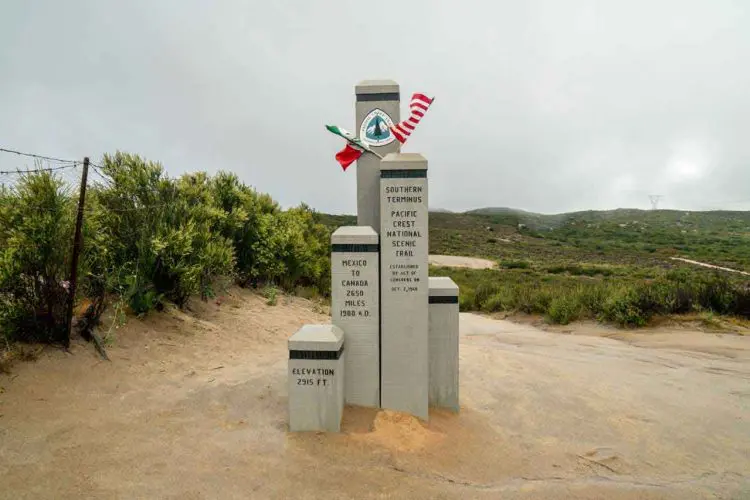
Northbound PCT Hikers
Northbound hikers beginning their hikes at the US-Mexico border have been subject to a 50-hiker-per-day quota since 2015.
This year, all northbound hikers beginning their hikes between March 1 and May 31 will be subject to the 50-hiker per day quota.
At 10:30 AM Pacific Time on Tuesday, October 29, 2019, the PCTA will be opening applications for the first 35 northbound permits per day for all hikes originating at the US-Mexico Border between March 1 and May 31. The remaining 15 permits per day will be open for applications at 10:30 AM Pacific Time on Tuesday, January 14, 2020.
This means that if you begin your hike in February (and hike conceivably the slowest PCT thru-hike ever – and likely encounter a lot of snow in Southern California) or in June (more reasonable than hiking in February, just hike quickly), you are not subject to the 50-hiker per day quota.
Just throwing this out there, I would not recommend (except under very specific circumstances) starting a PCT thru-hike in early March (or even late March).

Southbound PCT Hikers
Southbound Pacific Crest Trail thru-hikers. Historically the black sheep of the PCT, southbound hiking has become more popular in recent years after the introduction of the northbound thru-hiker permit quota and the growing popularity of the trail as a whole – with most hikers hiking northbound.
Starting in 2020, southbound thru-hikers will also be subject to a quota.
- 15 long-distance permits will be available each day for southbound hikers beginning at the PCT’s northern terminus
- The northern terminus covers any hike originating between the US-Canada border and Stehekin
- Applications for southbound long-distance PCT permits will open at 10:30 AM Pacific Time on Tuesday, January 14, 2020
- The southbound northern terminus quota only applies to hikes beginning between June 15 and July 31
The PCTA also states that “15 long-distance permits starting in the Northern Terminus area will be available each day for section hikers and riders starting between August 1 and September 15.”
I’m not entirely sure what this means.
So only section hikers and riders are subject to the 15-person per day quota between August 1 and September 15? Thru-hikers are not? That doesn’t make any sense. If I had to guess, I would say this is a copy-paste error.
If anyone has some clarification on this, I would love to hear it – maybe I’m just dumb and don’t understand what they’ve written.


Hiking The Sierra (and Flip-flopping)
Before you go on, let us examine the term flip-flop (which also encompasses the individual terms flip and flop) from the Pacific Crest Trail lexicon.
Flip-flop: verb: the act of skipping a section of trail with the intention of returning to the skipped section and hiking it at a later date (typically in the opposite direction of their initial approach)
Basically, when a thru-hiker skips a section of trail (the flip) and then later returns to hike the skipped section at a later point in the hike (the flop). Personally, I am anti-flip-flop, but plenty of hikers flip-flop on the PCT in any given year (at least, according to the PCT Survey).
The most common place thru-hikers flip (and then subsequently flop)? California’s Sierra Nevada.
In high snow years, many northbound hikers (particularly those who begin too early) skip the Sierra, hike Northern California or Oregon (and sometimes also Washington), and then return to the Sierra to finish their hikes later in the year when there is less snow.
Beginning in 2020, thru-hikers will be required to travel through the Southern Sierra (Kennedy Meadows South to Sonora Pass) in a continuous hike without skipping or changing direction. In other words, no flip-flopping. You will still be allowed to resupply, of course, but skipping ahead to avoid snow is no longer permitted.
If your travel through the Southern Sierra is not continuous, you will be required to get a new permit from the local land management agency as your PCT long-distance permit will no longer be valid.
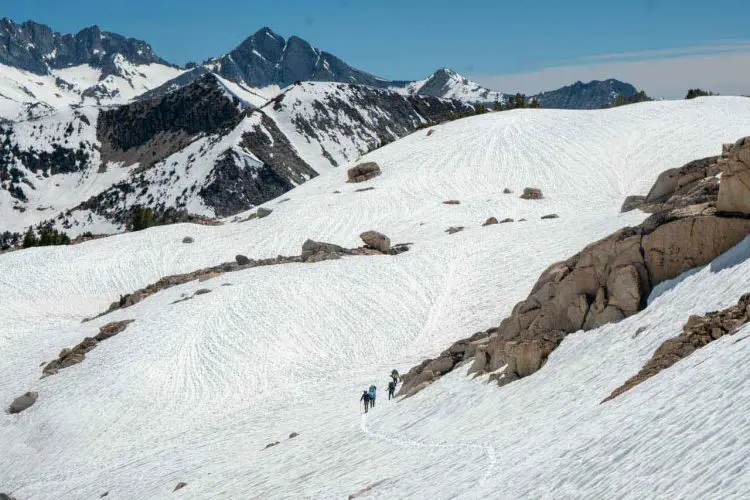

Getting a 2020 PCT Permit
To receive a long-distance permit for the PCT in 2020, you will need to apply on the PCTA’s website.
Applications for long-distance PCT permits originating at the US-Mexico border open at 10:30 AM Pacific Time on Tuesday, October 29, 2019. At this time, the PCTA will be releasing 35 permits per day.
Applications for long-distance PCT permits originating everywhere else (including the US-Canada border) open on Tuesday, January 14, 2020 (I guess the PCTA has a thing for Tuesdays?).
For more on the updates to the PCT permit you can check out this post on the PCTA’s blog or check out the long-distance permit page on the PCTA website.
Any thoughts, questions, or comments on the changes to the PCT permits? Leave a comment and let me know!
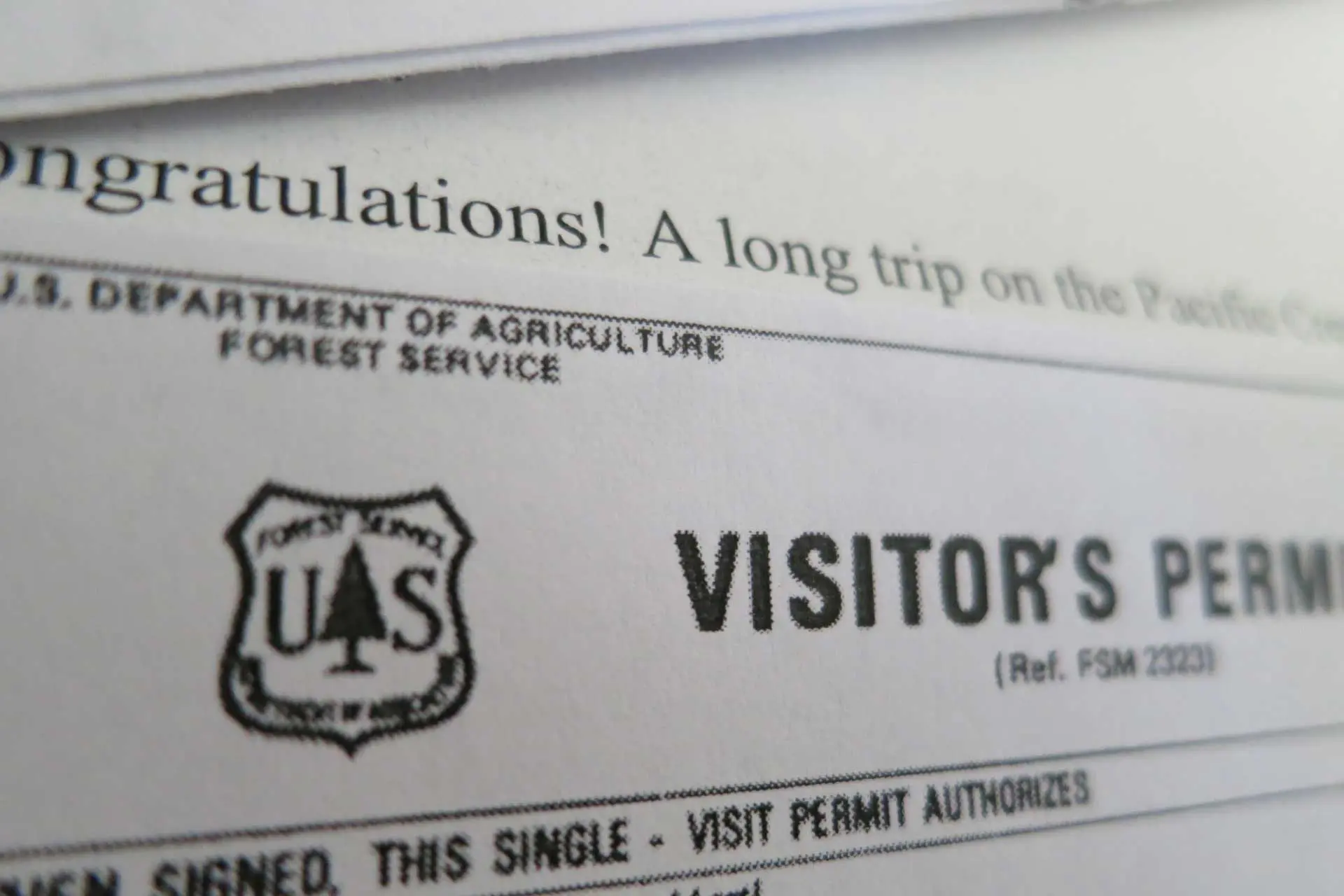

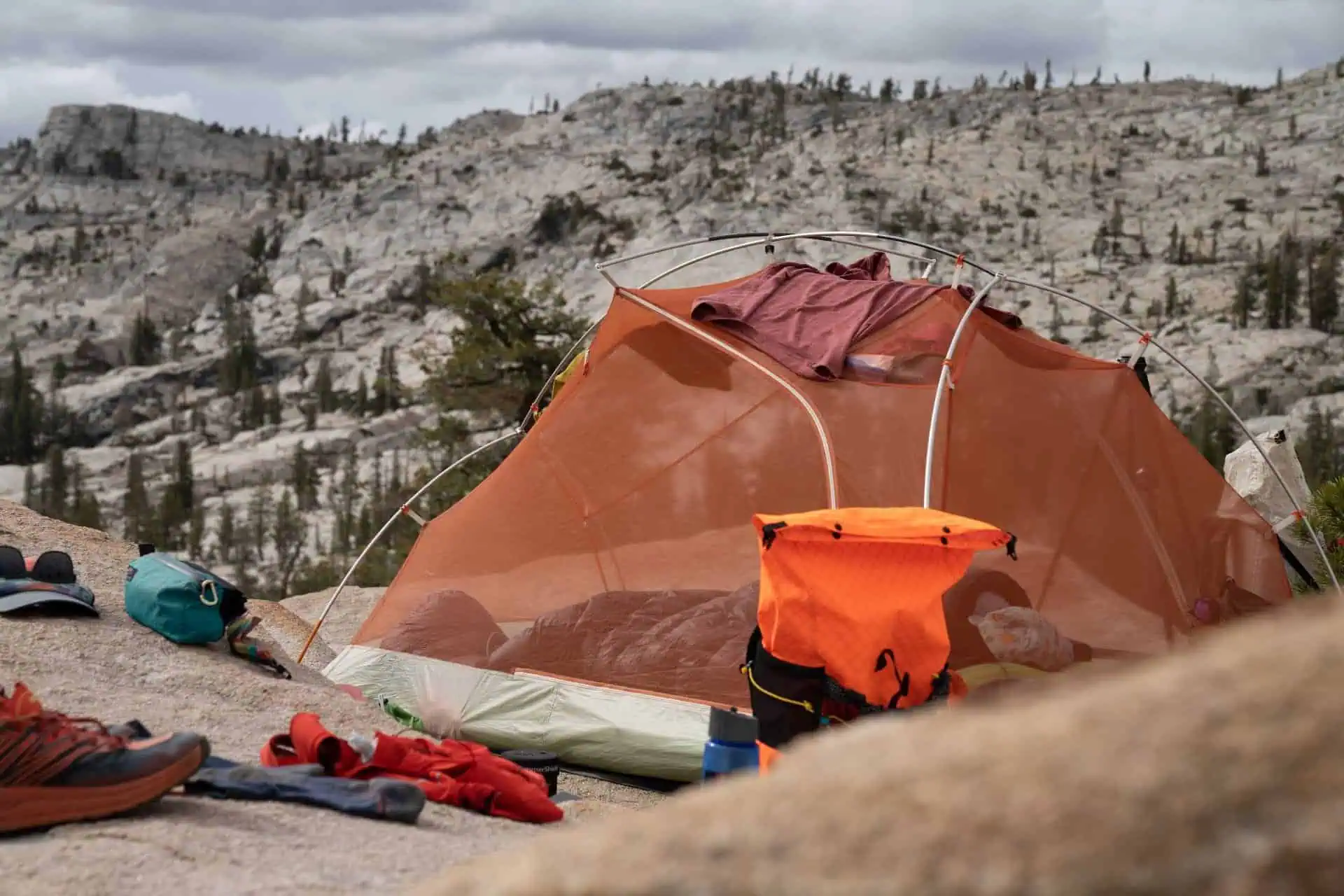
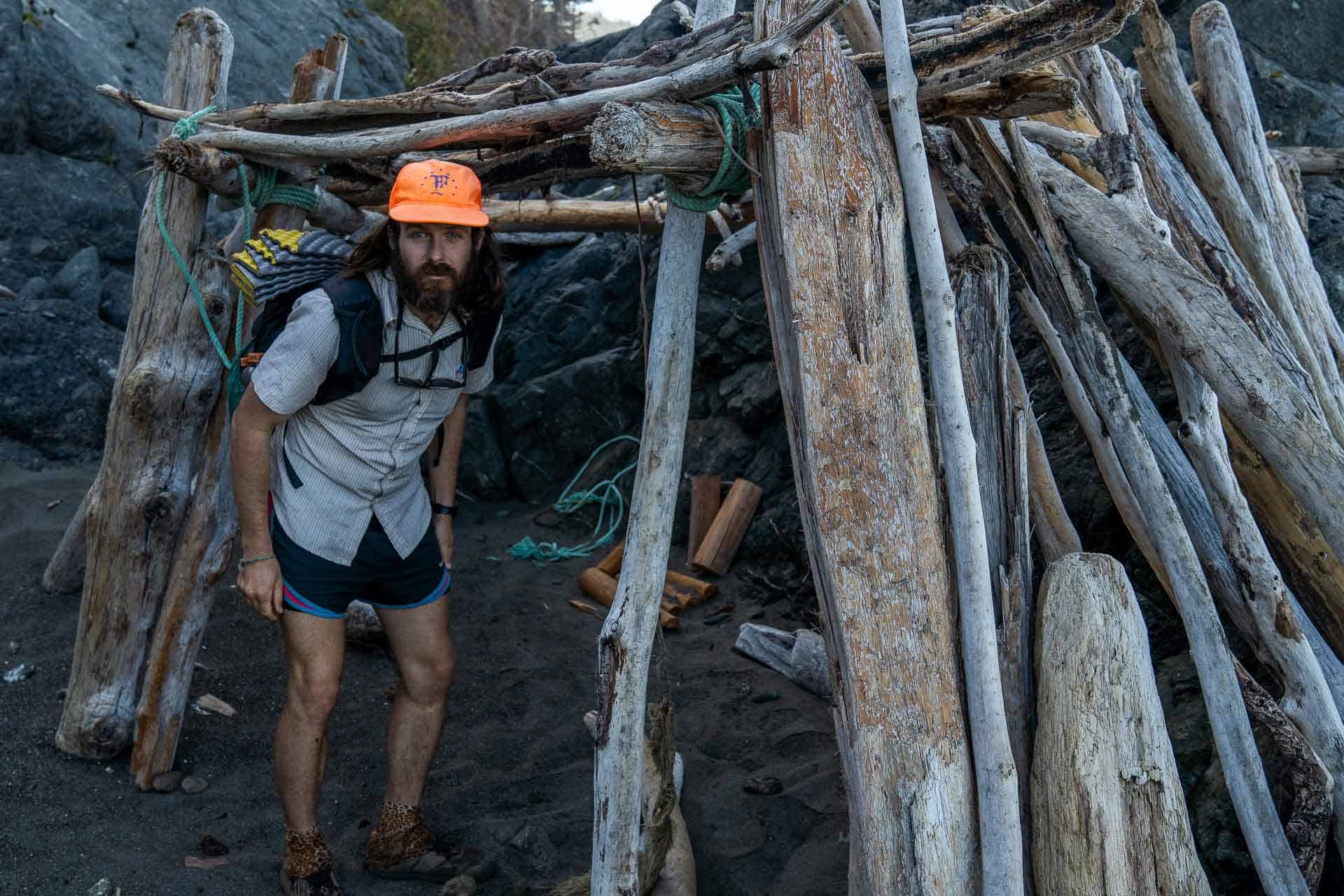
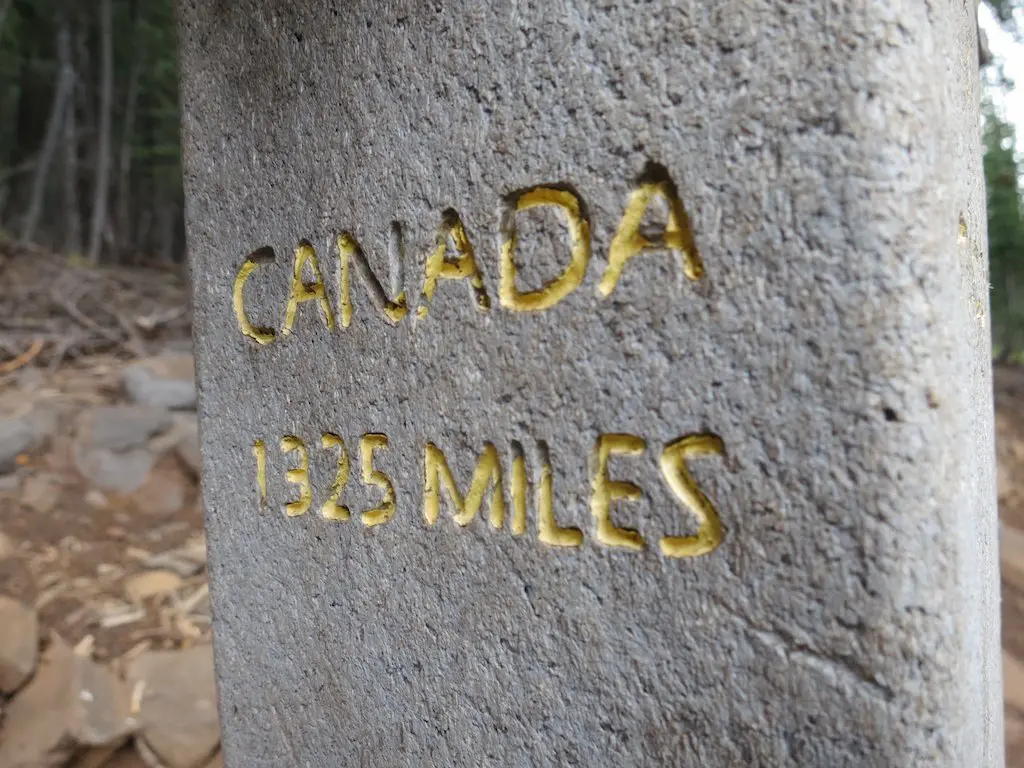


Seems like a pretty dangerous prospect to not flip this year (2023), unless it just stops snowing for the rest of the spring.
Still early. Might be the hottest spring on record. You never know.
Having Sobo’ed just a few years ago, its pretty much isolation the first few weeks. There are days I only crossed 3 or 4 faces, a few more would actually improve safety. Its not till nearly August when the overlap with nobos, and local fair weather weekend hikers begins to put any noticeable traffic on the trails.
I have to question if the leadership at PCTA is operating on any hard evidence regarding sobo limits or if this is a knee jerk reaction to the modest increases in hiker youtubes the past few years. I get they don’t want to be the next Appalachian dirt freeway. But seriously the cascades aren’t even a 10th of Sierra level foot traffic, let alone the Appalachian.
I also have to question why so many agencies are working to keep people out of the parks while simultaneously complaining about a low donations and gov funding. Every year more campsites and trails are closed.. Yet people are actively being turned away due to permit limits, and the hot mess that is the rec.gov reservation system. People who feel unwelcome are not going to donate or encourage their elected officials to increase funding.
I don’t have a permit. I want to start at the southern terminus late april or early may. I have the gear. I don’t expect to do the entire trail this year. I have read that i will need a permit for cleveland national park but I just applied for one and they responded that you cant get one more than a month before. what happens if I show up at the southern terminus with no permit? how many people start with no permits and how far do they get?
Permits are required for a reason. Do not hike without a permit.
Love this blog. So much useful info. If I want to start a Nobo thru-hike on June 1, do I still need a permit, but I’m just not subject to the quota so I’m guaranteed to get one? Is the application process the same as it is for people starting in the standard window? Thanks.
If you’re planning on thru-hiking then you will still need a permit from the PCTA (or at least, that’s your best option). I would contact them directly (after they announce what they’re doing this year – sometime next month) to ask about late-season NOBO permits.
It is probably worth mentioning that the rules were clarified on November 5, 2019
https://www.pcta.org/2019/continuous-travel-through-the-southern-sierra-to-protect-the-pct-68106/
The main permit page is here and links to that page
https://www.pcta.org/discover-the-trail/permits/pct-long-distance-permit/
It is somewhat mute given the current pandemic situation but I suspect the same rules will be in place next year.
Glad they decided to clarify. Looks like permits will still be valid north of Sonora Pass but hikers who skip the Sierra will need to obtain individual area permits if/when they return to hike.
Hi, i heard in 2016 that day- or section hikers for the Sierras use long distance permits instead because they can get them easier. If thats correct maybe it‘s a reason for the new „now flipflop“-rule. Greetings McGuyver/CloudTree from the class of 2016.
That doesn’t make too much sense since permits for the Sierra are very easy to get (so long as you’re not wanting to use the Whitney Portal Trail). Regardless, long-distance permits are now more difficult to get and so this would not be a viable option for section hikers.
“changes” in sierra arent really changes, as much as clarification
Any wilderness permit in sierra….is invalid if you exit…..except for less than 24 hrs to resupply.
As #s grew, ignorant people thought its a free for all like the AT…..where you do whatever you want
Its not, never has been, wont be
If you cant hike it….you dont hike it…at the time of year you get a permit for
I…think…I…get what…you’re saying…
Similar question (sort of) to Phil Smith – if you have a long distance permit and have to get off the trail for a couple weeks for a personal or work commitment, then join up further north… is that technically not allowed? Does anyone really track you on the PCT anyways?
Technically not allowed.
My husband and I are from Germany. So far, we got only one permit for 2020. We’ll try again when the next 15 are released. But: I read that you don’t have to have a long distance permit in order to hike the entire PCT. Is that true? Can you go with single permits all the way as well? I know that this would be a ridiculous amount of research and planning but I like the idea of having a back up plan, if we don’t get a second long distance permit…
You can do the PCT legally by obtaining permits for each section that requires one. You might have to go back to the southern terminus later in the year if you want to legally hike to/from it without a permit during the quota period. Best of luck in January!
Dont forget . . .You will be able to try to change your start date to any date that has space in the permit management portal. When people cancel their permits, those dates become available.It might be that you can both change your permit to a different date that becomes available.
“Travel through the Southern Sierra (Kennedy Meadows South to Sonora Pass) in a continuous hike without skipping or changing in direction”.
That just says that once you enter, you can’t skip etc. If you haven’t entered yet, you can still flip and come back at a safer time for your continuous hike through the Sierra. Am I the only one that reads it this way?
That’s one interpretation. I don’t know what the final position will be, but I would guess that the intent is to not have people skip. I guess we’ll find out in 2020.
No. Pcta explicitly says your anticipated entry date, for sierra use planning, is linked to start date.
Hello!
Im from Denmark and when i tried to secure my spot, the website kept failing on me.
Is the only option for me to cross my fingers and apply again in january, or is there anything i can do to secure a permit before?
It feels very scary to get a visa for 6 months, rent out my appartment while im away and the pratical things that follows without even knowing if im allowed to thru hike :/
Best regards Mads from Denmark !
Unfortunately, you’ll have to wait until January for another try at getting your permit.
Hi there!
Just tried to get our permit, my boyfriend and I. But the thing is… We both start hiking at another day… (10 days apart) Is there any way we can change the date? So we can start hiking together?
Thanks for being there for all of us hikers! You’re a great great great help!
Greetings
In past years you’ve had the opportunity to change your start date if someone else cancels their permit. But I don’t think that is allowed until the second round of permitting is complete.
It’s wild to me how many people are freaking out about being forced to hike the Sierras in ::gasp:: the snow. I’ve picked up van loads of PCT hikers who didn’t bother to learn how to use an ice axe before hitting the trail, and it always shocked me as a pretty irresponsible choice. As a backpacker who’s often out in the Sierras in high snow, I can say that they’re quite lovely, and it is nicer than mosquitoes!
Snow > mosquitoes. For anyone scared of snow in the Sierra – start hiking late or hike southbound.
I’m a lawyer looking into this specific clause. Please contact me or any lawyer if anyone you know becomes injured in the Sierras this year due to extreme weather.
People get injured in the Sierra because of their choices, not because of permits.
I can see it now…as if there aren’t enough lawyers, a new genre may begin to surface…the search and rescue helicopter chasing attorney!
ATTENTION PCT HIKERS! Gear is heavy. Post holing in trail runners and shorts sucks. Desert heat and mosquitos suck more. You may be entitled to SUBSTANTIAL COMPENSATION! If you or someone you love lacked the gear, experience, or proper judgement and were injured in the snow pack because the PCTA forced you to hike the Sierra out of fear that your permit may expire, then use your InReach to text the law offices of (insert funny attorney name here) and talk to one of our experienced attorneys. We habla gram counting Hiker Trash!
Also use your InReach for bear attacks. There has been some success suing campgrounds and parks for bear attacks. Not always a guaranteed win though. Need a good lawyer for it. *wink*
Ah yes, suing the parks and campgrounds that give people ample warning and try their best to protect people in the name of a financial settlement. What a lovely idea
“Just remember friend, we’re not forcing you to hike this trail in dangerous conditions. That would be absurd. It’s 100% your choice. But remember, if you don’t hike it when you reach it, all the money, time spent on planning and researching, and physical effort you’ve put into your PCT thru hike will be for nothing because we will revoke your permit. But again, it’s 100% your choice. Free will and all. Nothing we have done compells you at all to hike it in dangerous conditions, nothing. All you.”
Happy to hear you understand.
Me too, and so will a judge (or jury, depending on location).
The no skipping the Sierra’s part endangers hiker’s lives. We should file a class action lawsuit seeking an injunction against this insanity.
First, the PCTA is not responsible for hikers making poor judgement calls. Your suggestion is absurd.
Second, hikers can still hike the Sierra if they skip, but they’ll need to obtain permits on their own for each individual section the trail passes through as their PCT permits will not be valid.
Permits to go hiking? Really? I think I will stay in the East
Whatever makes you happy, Dave! That said, I’m pretty sure you need a permit to hike a lot of places in the East :(
My advice for everyone is to forget about the permits. The PCTA has no authority out there, only the rangers. Talk directly to the rangers, you’ll hear a totally refreshing and unexpected opinion about the PCTA. They will not bust you without permits if you can explain and show you’re hiking the PCT.
I hope to make an attempt at the PCT next year if my retirement papers ever go through. I am kind of getting a HOA vibe about the PCTA and it’s permits. Might be wrong but what if I can’t get a decent start date and say F it and head out anyway?
It’s less a HOA vibe and more an LNT vibe. There weren’t quotas on permits in the past because the trail wasn’t as popular. The quotas are in place to protect the trail and the sensitive ecosystems is passes through.
Yes, because obviously there’s no other choice except hiking the Sierras. It’s illegal to wait or just get a permit to flip, the PCTA will literally force people to hike the Sierras.
Or you’re being dumb and it’s obviously not the PCTAs fault if someone chooses to hike in dangerous conditions. This isn’t Futurama where a fishing license can make you legally obligated to fish, if you get a PCT permit you’re not legally obligated to keep hiking.
Hey Mac, appreciate the post! Your suggestions on NOBO start dates are very helpful. You’re a qualified “been-there-done-that” PCT veteran so I’ll heed those words. Especially the image captioned “Snow is better than mosquitoes.” I hadn’t weighed that in. That said, I’ll shoot for a mid-April start date. Me and likely a bazillion others. Worse case, I’ll try another time if not selected. If I make it to Sierra and conditions are absolutely prohibitive, I’m hoping I could lateral out E or W to the nearest safe harbor of a brew pub and spend as much melt time as it takes (days, weeks?) then return and proceed. Not sure if flip-flopping to the nearest brew pub for a brief respite would be regulated the same as trail flip-flopping north then returning later.
Apparently, it’s not mentioned here but, if you take at seven or more days off from your thru-hike your thru-hike, your permit is invalidated. That’s the rumor, at least. How anyone would prove this, I don’t know.
so if you get sick or injured and have to recover for one week you can’t go on with your hike?? that’s really shitty…
Just don’t get sick?
Just a wild guess on my part regarding the section-hike southbound permits –
Maybe the permits issued from August 1st will not allow entering the Sierra mountains. So they will only be good for roughly half the trail (maybe allow skipping to southern California as well?)
It’s just a guess, and further clarifications from the PCTA are required, for sure.
That’s an interesting idea, but I can’t imagine that being the case. PCTA, where you at!?
My interpretation is that there will be *additional* permits for section hikers. 15 per day is not a lot of hikers. If it is in fact for section hikers you may or may not be able to use it in the JM Wilderness. You have to state your itinerary at the time you apply. Remember, this is NOT for a thru-hike but a section hike.
Interesting and well-written article.
Who, exactly, is responsible for checking for permits and administering punishment?
It depends on who administers the land the trail is passing through. In the National Parks, for example, it will be the National Park Rangers
Could also be city, county, state officials? Deputies? Park Managers? Do they have the power to fine? To detain? To arrest?
Depends on who it is, but in many cases, yes, they have the power to fine and/or arrest people. However, I believe a hefty fine is the likely outcome for disobeying permit regulations (opposed to an arrest).
My guess on the 15/day permits after August 1 is an assumption that *most* people attempting a SOBO thru hike will need to start before August. So a thru hiker at that point would (maybe) be so anomalous that it doesn’t matter? But yeah – it’s a weird way to say that.
That’s what I’m thinking? But then you DO need a permit if you’re doing a section? That’s odd.